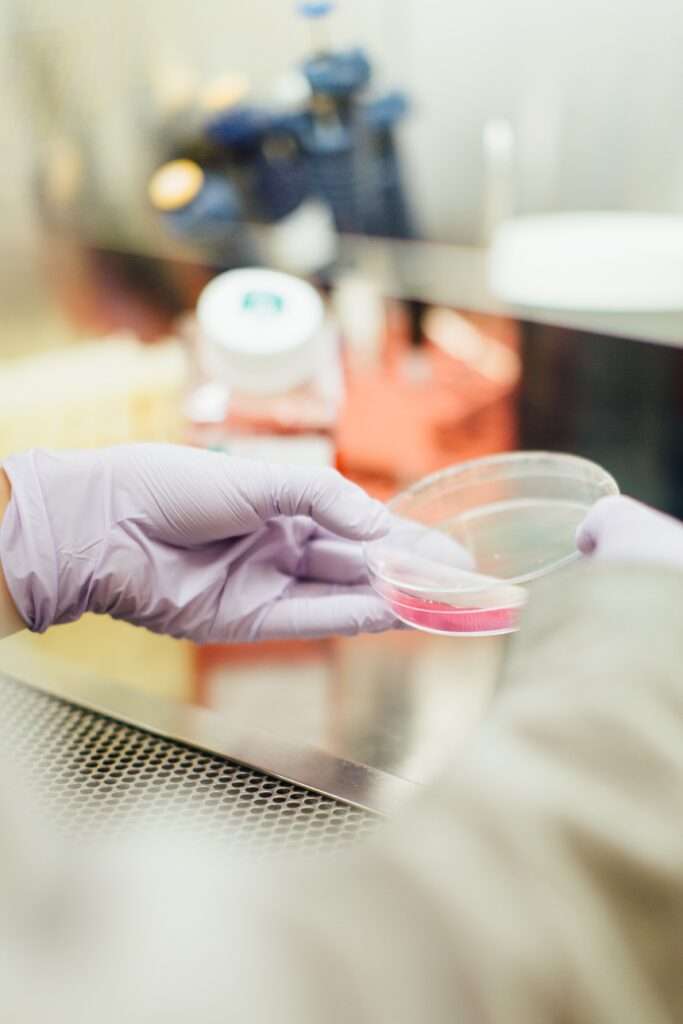By Sustainability Matters
Researchers at RMIT University have found a way to remove hazardous microplastics from water using magnets.
Lead researcher, Professor Nicky Eshtiaghi from RMIT’s School of Environmental and Chemical Engineering, said existing methods could take days to remove microplastics from water, while their invention does so in one hour.
The team said they have developed adsorbents, in the form of a powder, that remove microplastics 1000 times smaller than those currently detectable by existing wastewater treatment plants.
The researchers successfully tested the adsorbents in the lab, and they plan to engage with industry to further develop the innovation to remove microplastics from waterways.
The research results are published in the Chemical Engineering Journal.
“The nano-pillar structure we’ve engineered to remove this pollution, which is impossible to see but very harmful to the environment, is recycled from waste and can be used multiple times,” Eshtiaghi said.
“This is a big win for the environment and the circular economy.”
Using nanomaterials, the researchers developed an adsorbent that can be mixed into water to attract microplastics and dissolve pollutants.
Muhammad Haris, the first author and PhD candidate from RMIT’s School of Environmental and Chemical Engineering, said the nanomaterials contained iron, which enabled the team to use magnets to easily separate the microplastics and pollutants from the water.
“This whole process takes one hour, compared to other inventions taking days,” he said.
Co-lead researcher, Dr Nasir Mahmood from Applied Chemistry and Environmental Science at RMIT, said the nano-pillar structured material was designed to attract microplastics without creating any secondary pollutants or carbon footprints.
“The adsorbent is prepared with special surface properties so that it can effectively and simultaneously remove both microplastics and dissolved pollutants from water,” Mahmood said.
“Microplastics smaller than 5 millimetres, which can take up to 450 years to degrade, are not detectable and removable through conventional treatment systems, resulting in millions of tonnes being released into the sea every year. This is not only harmful for aquatic life, but also has significant negative impacts on human health.”
The team received scientific and technical support from the Microscopy and Microanalysis Facility and the Micro Nano Research Facility, part of RMIT’s newly expanded Advanced Manufacturing Precinct, to complete their research.
Eshtiaghi said the next step is developing a cost-effective way to overcome these significant challenges posed by microplastics was critical.
For More Visit https://www.sustainabilitymatters.net.au/content/wastewater/case-study/research-team-using-magnets-to-remove-microplastics-from-water-236398807



